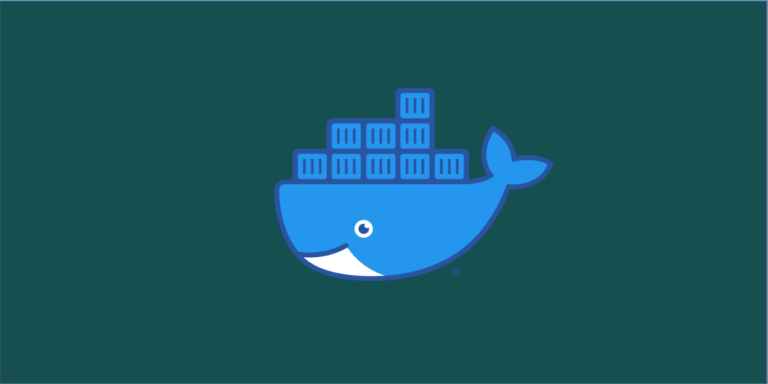
What is the use of it flag?
The "it" flag is used in a RUN or EXEC command, which is a combination of two individual flags i and t.
i stands for interactive, which connects the user terminal to the STDIN of the container. The t flag refers to pseudo-tty which pretty prints the STDOUT channel of the container.
Example:
> docker run -it ubuntu bash
The above command runs an ubuntu container and connects the bash command output to the user terminal, which results in the ability for user to send and receive I/O onto the container.
